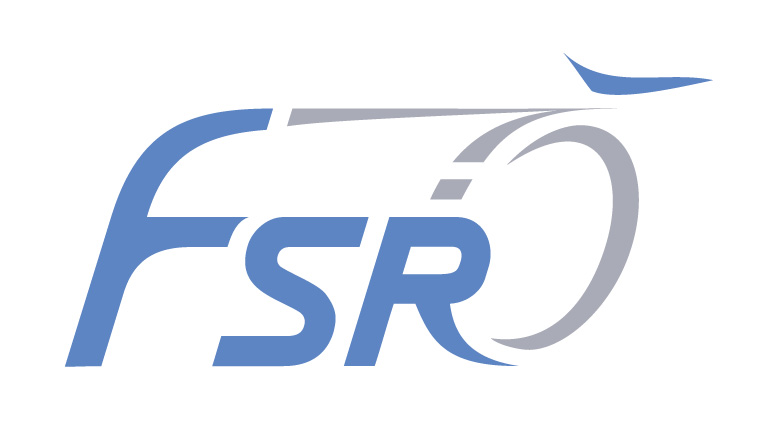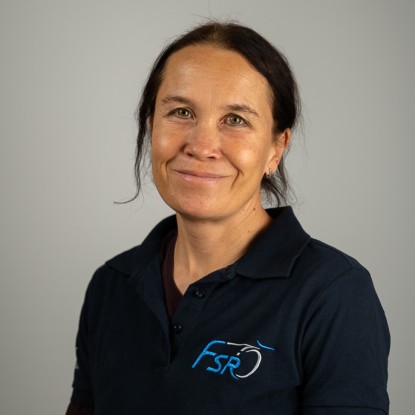The Institute of Flight Systems and Automatic Control has operated TUD's fixed-based research flight simulator since 1996 and evolves continuously. In 2004 the SGI computers used for simulation were replaced by high performance PC hardware, which also introduced the change from IRIX based to LINUX based software. This major investment into the simulation facility, for the Institute only affordable through external funding by companies and foundations, was completed with the installation of new DVI projection hardware. With this investment -- the largest since start of operation of the simulator -- the Institute ensured compliance to future requirements and extended the scope of evaluation of the simulator. Further modernization was completed in 2015. The simulation environment adapted to the commercial X-Plane software. An Airbus A320 is simulated, which models’ source code is available to the institute. This allows to adapt the simulation to research needs. In addition, an original Airbus A320 Flight Control Unit (FCU) was integrated into the hardware setup.
Equipment
The simulation is built upon a flight dynamics model of an Airbus A320. The simulator is equipped with the following displays
- two 21.5“ Touch Screen TFT – Flight Displays for Captain and First Officer,
- one 21.5” Touch Screen TFT – ECAM Engine and Warning Display,
- one 15“ Touch Screen TFT – ECAM System Display
- one 17” Touch Screen TFT – Overhead Panel
Furthermore, the simulator cockpit is equipped with
- two Sidesticks for Captain and First Officer,
- original Airbus A320 Flight Control Unit
- one MCDU for accessing the Flight Managing System on the Captain side (extendable with an MCDU on the First Officer side)
Details on the mock-up
The three central 21.5" Touch Screen TFT displays allow the flight deck be adapted to current research needs. The simulation uses the distributed communication environment OCTOPUS, which was developed at the Institute. OCTOPUS allows an easy integration of software into the simulation environment by providing a virtual data pool. With this common interface, scalability of the simulation is facilitated. The simulation currently uses nine COTS PC.
Visual
Visual
A collimated, digital display completes the simulation environment, allowing a state-of-the-art realistic impression of the outside. Through collimation, effects that may negatively impact the evaluation, such as simulator sickness, are reduced.
Goals
The research flight simulator is one of the central tools for evaluation of prototype systems developed at the Institute of Flight Systems and Automatic Control. Numerous research projects and theses have been evaluated together with users and active airline or test pilots. Their feedback on the institute’s research is valuable input and supports endeavours to
- enhance enviormental efficiency
- optimize usage of ground infrastructure, such as taxiways
- enhance safety
- develop a more efficient air traffic management system.
The Institute's research groups use the simulation environment to validate the concepts they develop. Building upon the proof-of-concept, partners from industry may continue the work to bring the ideas to life in the real flight deck. In the past, this was successfully achieved with the Airport Moving Map (AMM). Synthetic Vision Systems (SVS), which have been a matter of research in numerous evaluations in the simulator, have now found their way into the general aviation cockpit.








